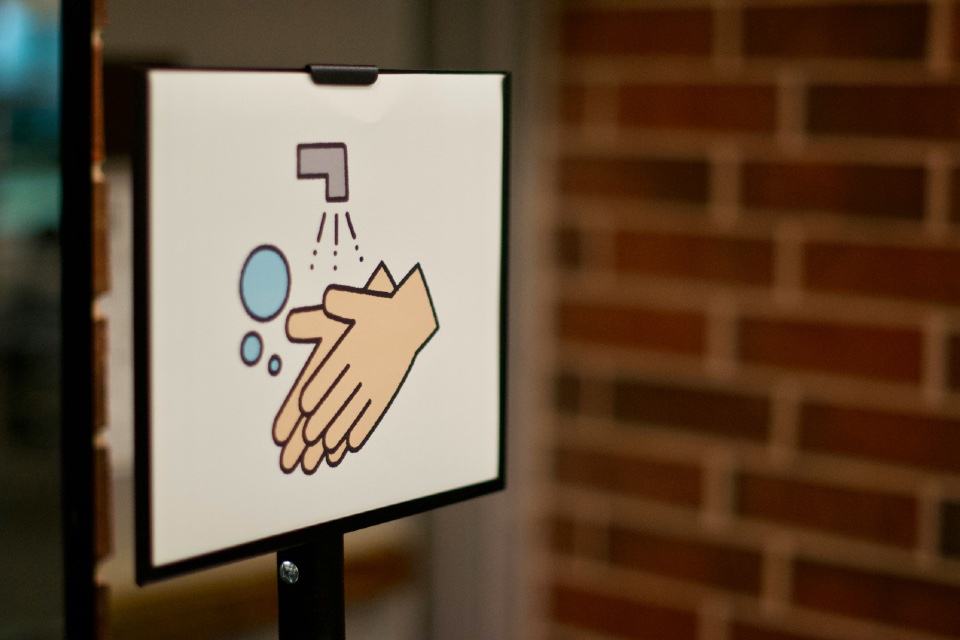For care home managers in the UK, navigating the complex landscape of health and safety laws, rules, and regulations is a fundamental aspect of ensuring the safety and wellbeing of patients, staff, and visitors. Compliance with these legal requirements not only safeguards those within the care home environment but also ensures that care home managers fulfill their legal and ethical responsibilities. Here’s an overview of the most relevant health and safety laws, rules, and regulations that care homes need to be aware of…
1. Health and Safety at Work etc. Act 1974: This is the cornerstone of health and safety legislation in the UK. It places a duty on employers to ensure, so far as is reasonably practicable, the health, safety, and welfare of all their employees, as well as non-employees who may be affected by their work activities, including residents and visitors. This includes provisions for safe operation and maintenance of the working environment, equipment, and systems.
2. Management of Health and Safety at Work Regulations 1999: These regulations require employers to carry out risk assessments, make arrangements to implement necessary measures, appoint competent people, and arrange for appropriate information and training. In care homes, this involves assessing risks related to patient care, manual handling, the use of medical equipment, and emergency procedures.
3. Control of Substances Hazardous to Health (COSHH) 2002: COSHH regulations are crucial for care homes, where the use of cleaning chemicals and medications is common. Care home managers must assess the risk of hazardous substances and implement control measures to prevent or reduce exposure.
4. Manual Handling Operations Regulations 1992: Given the nature of care work, manual handling is a significant concern. These regulations require employers to avoid the need for hazardous manual handling, so far as is reasonably practicable, assess the risk of injury from any hazardous manual handling that can’t be avoided, and reduce the risk of injury as much as possible.
5. Reporting of Injuries, Diseases and Dangerous Occurrences Regulations 2013 (RIDDOR): RIDDOR places a duty on employers to report certain serious workplace accidents, occupational diseases, and specified dangerous occurrences (near misses). This includes incidents such as falls, medication errors, or the outbreak of legionnaires’ disease.
6. Fire Safety Order 2005: This order applies to all non-domestic premises in England and Wales, including care homes. It requires the responsible person (often the care home manager) to carry out a fire safety risk assessment, implement and maintain a fire management plan, and ensure the safety of residents, staff, and visitors in the event of a fire.
7. Care Quality Commission (CQC) Regulations: While not laws in themselves, CQC regulations set out fundamental standards of quality and safety that care homes must meet. Compliance with CQC standards covers aspects such as person-centred care, dignity and respect, consent to care and treatment, and premises safety.
In summary, care home managers in the UK must navigate a comprehensive framework of health and safety laws, rules, and regulations. By understanding and adhering to these requirements, care home managers can ensure they provide a safe and secure environment for patients, staff, and visitors alike.
Are you looking for Health & Safety solutions for your care homes? The Care Forum can help!
Photo by Dan Dennis on Unsplash






